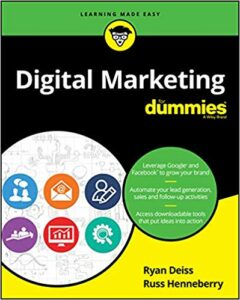To the Blog Writer, It’s One Thing; To the Reader, It Might Be Another

If I’ve said it once, I’ve said it dozens of times in this Say It For You blog – blogs are not ads. Still, always on the prowl for good ideas, I happened upon a full page ad (for sleep chairs, of all things!) that could actually serve as a model for us blog content writers.
Then, beneath a picture of the lift chair, there was a three paragraph article. “You can’t always lie down in bed and sleep. Heartburn, cardiac problems, hip or back aches, dozens of other ailments and worries. Those nights you’d give anything for a comfortable chair to sleep in.”
It’s a good idea to build the occasional blog post around a customer success story. Good testimonials give prospective customers peace of mind, providing proof that people have tried your products and services and approve of them.
The second paragraph went on to highlight some special features of the product – heat and massage settings, battery backup, and a lift mechanism that tilts the chair forward.
In one of my favorite books about selling, Mitch Meyerson’s Success Secrets of the Online Marketing Superstars, the author points out that features tell us two things about a product or service: what it does and what goes into it. In this ad, of course, the benefits (what the product does for the customer) are emphasized first, with the features described second.
Since at Say It For You, our content writers serve the needs of both product vendors and professional practitioners, I was very interested in this paragraph about extra services associated with the product. Blog content writers should make lists of ways their business individualizes and personalizes services to customers and clients.
While blogs are not advertisements, I often explain to content writers that a Call to Action does not at all invalidate the good information provided in the piece. As long as the material is valuable and relevant for the searchers, they’re perfectly fine with knowing there’s someone who wants them for a client or customer. In fact, the Call to Action in the form of a phone number to call or a link to click makes it convenient for readers who are ready to buy.





Follow us online!